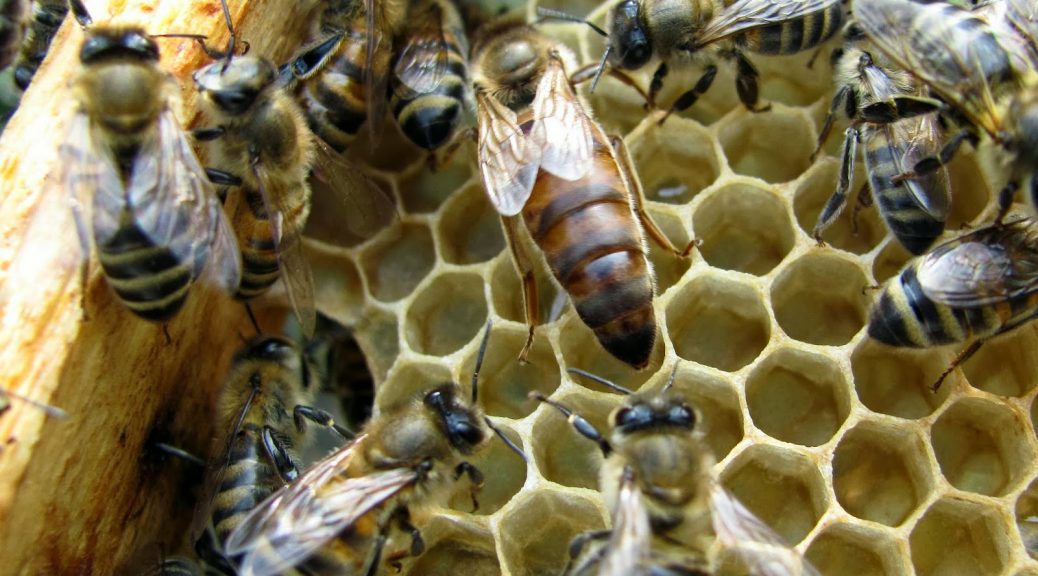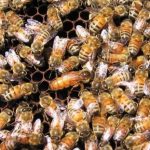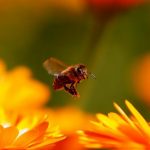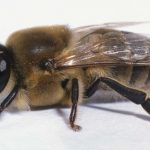
Queen Bee
Queen bees are the most important members of a honey bee colony. They are the only bees that can lay eggs and are responsible for the reproduction of the colony.
Queen bees are larger than the other bees in the colony and have a longer abdomen. They are also the only bees that have fully developed ovaries and can lay eggs. Queen bees lay eggs in the cells of the hive and the eggs hatch into either worker bees or drones (male bees).
Queen bees are born from regular eggs, but they are fed a special diet of royal jelly, which allows them to develop into queens. When a new queen is needed, the worker bees will select a group of young larva and feed them royal jelly. The first queen to emerge from her pupal stage will kill the other queen larva to become the only queen in the hive.
Queen bees mate with drones (male bees) from other colonies in a process called “nuptial flight.” The queen will leave the hive with a group of drones and fly to a designated mating area. She will mate with several drones and store their sperm in a special organ called the spermatheca. She will use this stored sperm to fertilize her eggs for the rest of her life.
Queen bees have a lifespan of 3-5 years, but they can be replaced by the worker bees if they are not performing their duties well. The worker bees will select a new larva to be fed royal jelly and raised as a queen.
In conclusion, queen bees are vital to the survival and reproduction of a honey bee colony. They are responsible for laying eggs and ensuring the continuation of the colony. They are also able to mate with drones from other colonies and store their sperm to fertilize their eggs.



